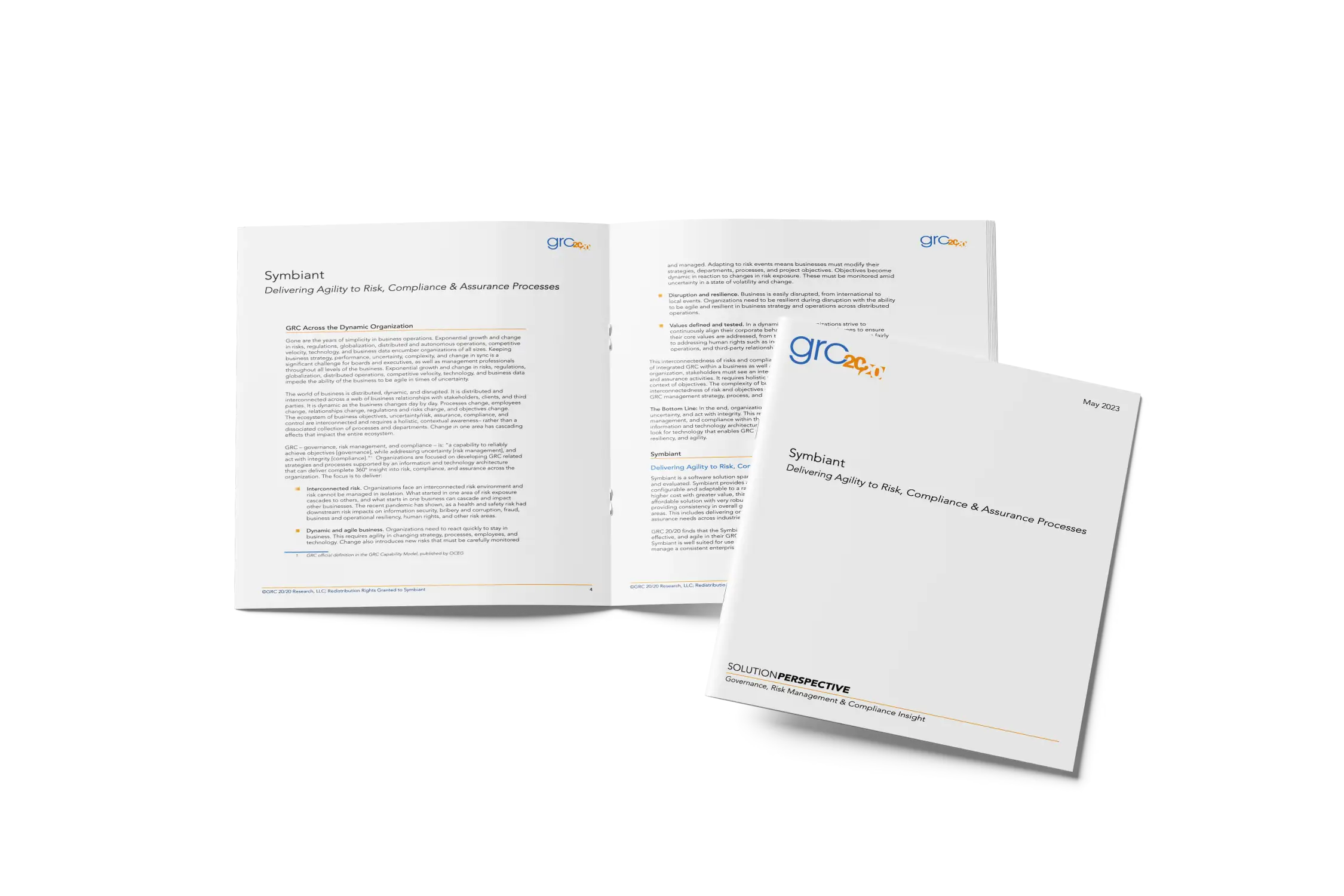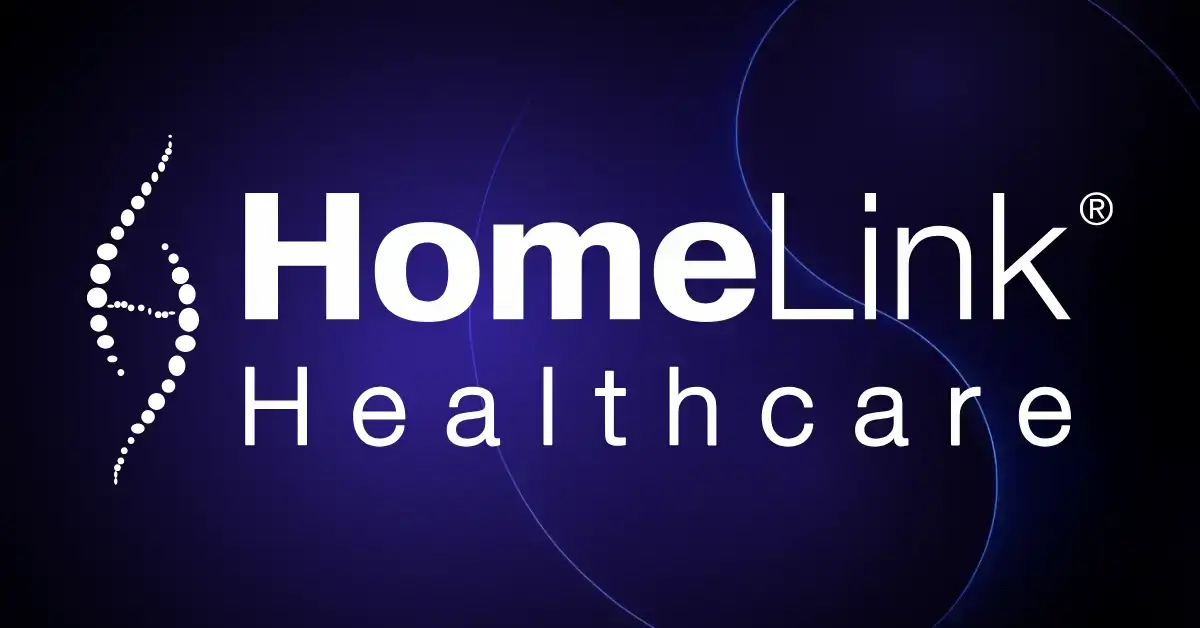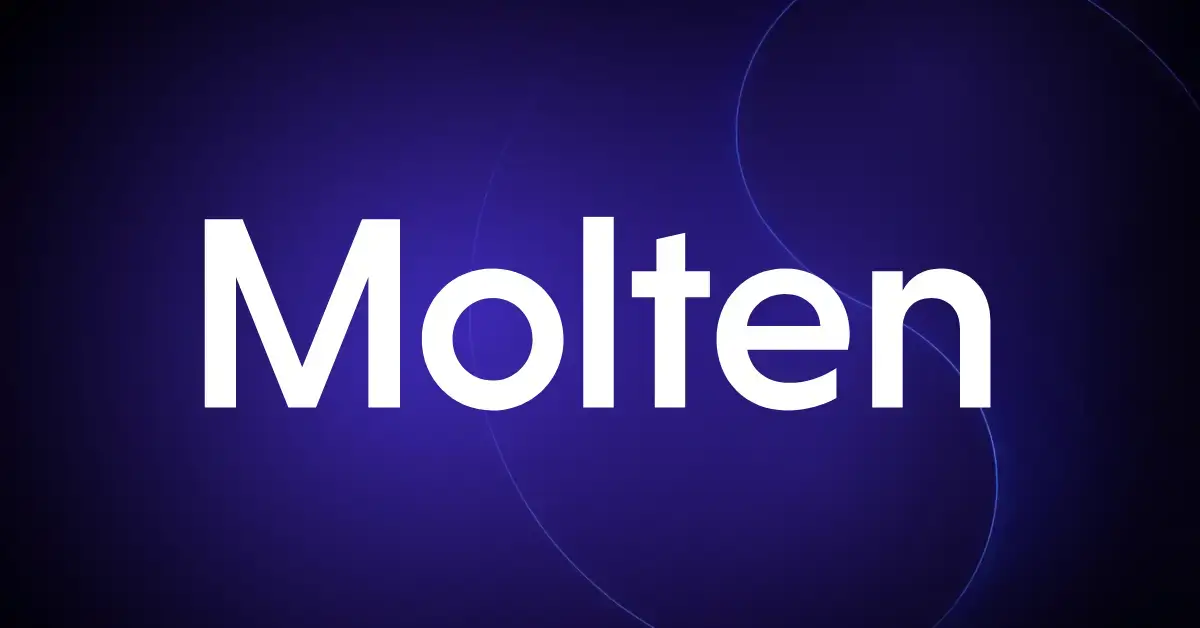Navigating Provision 29 (UK SOX): Strengthening Risk and Internal Control Governance
The 2024 revisions to the UK Corporate Governance Code, often referred to as the UK’s version of SOX ,place renewed emphasis on risk management and internal controls, with Provision 29 at the centre of this transformation. From 2025, organisations must begin preparing evidence for 2026 reporting, demonstrating stronger board accountability and ensuring robust systems that support long-term resilience and compliance. In this article, we explore the practical implications of Provision 29, what it means for organisations, the challenges it presents, and the best practices for embedding effective, aligned risk and internal control frameworks that strengthen oversight while keeping governance closely tied to business objectives.
Provision 29: Turning Compliance into Confidence
Provision 29 of the UK Corporate Governance Code is more than just another compliance requirement. From 2026, premium-listed companies will need their boards to issue an annual declaration on the effectiveness of material internal controls. That means accountability, transparency, and clear evidence that risks and controls are being monitored continuously, not just reviewed at year end.
For many organisations, this shift feels daunting. Spreadsheets, silos, and manual reporting make it difficult to demonstrate the kind of integrated oversight boards need. But with the right approach, Provision 29 can actually strengthen organisational confidence and resilience.
Why Spreadsheets Fall Short Under UK SOX (Provision 29)
With the enforcement of Provision 29, spreadsheets are no longer a viable tool for managing internal controls. Boards must now make a formal annual declaration of control effectiveness—a standard that manual, spreadsheet-based processes cannot reliably support. What once felt like a flexible solution now exposes organisations to unacceptable risks.
High risk of human error
Spreadsheets rely heavily on manual input, making them prone to typos, broken formulas, and misplaced data. Studies show that up to 88% of spreadsheets contain errors, and small mistakes can quickly cascade into major reporting failures. Under UK SOX, the stakes are even higher, as human error could undermine the board’s ability to sign a legally significant declaration of control effectiveness.
Silos and inconsistency
Spreadsheets are static, often stored locally or passed around by email, creating multiple versions of the truth. This makes it nearly impossible to maintain a consistent, reliable view of risks and controls across the organisation. Boards need a single source of truth for their declarations, not a patchwork of disconnected files.
Lack of traceability and accountability
Provision 29 demands continuous oversight and verifiable evidence of assurance. Spreadsheets do not provide audit trails, version control, or automated alerts when risks change or controls fail. Without these capabilities, companies are left exposed to errors, omissions, and missed deadlines, issues that could directly undermine the board’s declaration of effectiveness.
Inefficiency and delays
Preparing reports on control effectiveness often means weeks of chasing updates, reconciling conflicting inputs, and manually producing board packs. This reactive, backward-looking approach might have sufficed in the past, but UK SOX raises the bar. Boards now require real-time visibility into risk and control performance so that emerging issues are identified early, not after the fact.
Weak culture and ownership
Provision 29 is as much about behaviour as process. When controls live in spreadsheets, risk ownership becomes blurred, accountability is limited, and engagement across the three lines of defence is weak. To embed a strong governance culture, organisations need systems that make accountability visible and participation straightforward.
In short, spreadsheets introduce the very risks UK SOX is designed to eliminate: human error, fragmentation, lack of transparency, weak evidence, and inefficiency. They slow down assurance, obscure accountability, and provide little confidence for boards required to make legally significant declarations. Transitioning to an integrated, auditable GRC platform is no longer optional.
How Symbiant Helps Organisations Meet Provision 29 with Confidence
Meeting the demands of Provision 29 requires more than piecemeal fixes or manual workarounds. Organisations need a platform that provides a single source of truth for risks, controls, and assurance activities. This is where Symbiant delivers unique value.
Symbiant’s modular, highly trusted, robust GRC and Audit software is designed to replace spreadsheets with an integrated, dynamic, and auditable system that supports boards in meeting UK SOX obligations. By linking risk registers, controls and policies, incidents, audits, and compliance monitoring into one connected platform, Symbiant ensures that organisations can demonstrate control effectiveness with clarity and precision.
Preparing for 2026 Starts Now
Provision 29 does not officially take effect until January 2026, but organisations that wait risk being unprepared. Boards will need a full year of evidence to support their first declarations, which means 2025 is effectively the rehearsal year. Companies that begin embedding integrated risk and control governance now will not only be ready for UK SOX but will also benefit from stronger resilience, clearer accountability, and enhanced stakeholder trust.
Provision 29 is often described as a regulatory hurdle, but with the right systems in place, it becomes a strategic advantage. By moving beyond spreadsheets and adopting a platform like Symbiant, organisations can ensure compliance while also creating a culture of transparency and accountability that supports long-term success.
With Symbiant , you can easily meet Provision 29 / UK SOX requirements from just £300/month* with 5 seats.
All-in-One GRC & Audit Management Powerhouse
Risk Management Software
Reduce exposure, invest in the right controls, respond faster to incidents, and navigate change with confidence. With optional AI, reveal blind spots and safeguard your objectives.
Audit Management Software
Simplify and centralise audits from start to finish. Assign actions, track progress, and generate reports effortlessly. Integrated workflows enhance accountability and transparency.
Compliance Management Software
Stay ahead of evolving regulations. Automate testing, track compliance actions, and ensure your organisation meets industry standards with confidence and clarity.





